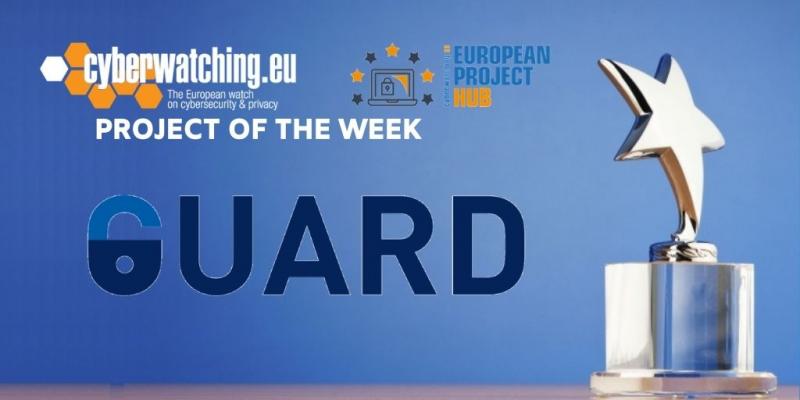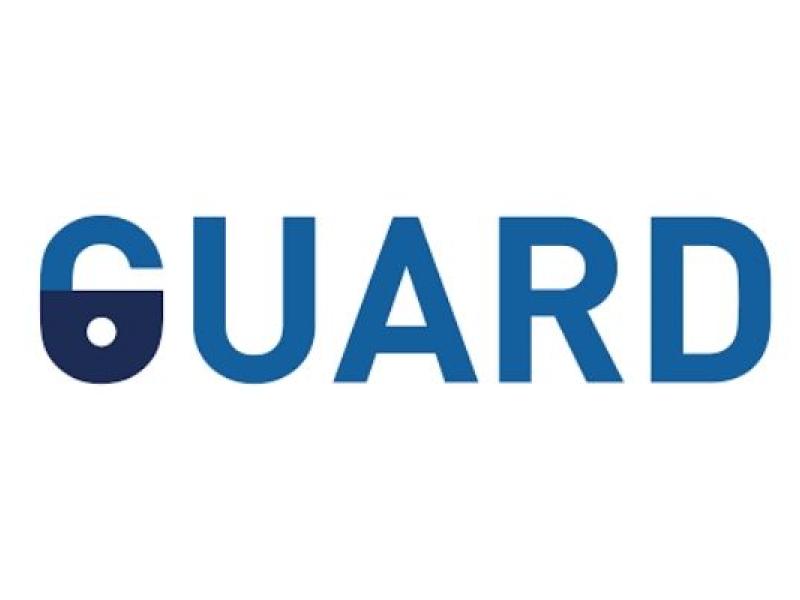
GUARD
cybersecurity framework to GUArantee Reliability and trust for Digital service chains
Angeles Tejado
01 May 2019
30 April 2022
EC funded project
Introduction:
The growing adoption of fully digital workflows is boosting the creation of a digital market for products, services and infrastructures. However, the composition of heterogeneous information and communications technologies (ICT) from different vendors makes digital processes and transactions at risk of cyber-attacks.The EU-funded GUARD project aims to fill the technological and procedural gap between legacy cybersecurity models and novel computing and networking paradigms, by developing an innovative platform for the protection of digital business chains that encompasses two main dimensions: service integrity and data sovereignty. The project fosters the integration of security capabilities into each digital component, and orchestrates them to improve visibility over vulnerabilities, attacks, and private data. Validation and stakeholder engagement will happen in industrial and medical use cases.
Who is the project designed for?
Digital Businesses, ICT industries
The main task in the GUARD project will be the design of a modular architecture that addresses specific needs of selected end-users and pursues seamless integration with the target technological domains and markets.
End users will be actively involved in this Design phase, to better understand their expectations, their business and industrial processes, their innovation plans on ICT technologies in the coming years. Selected end users that are part of the GUARD Consortium represent target market segments of interest for technological partners. End users will contribute to the definition of requirements, especially for what concerns human interfaces and integration into their existing business processes. They will also help understand what kind of cyber-security issues are the most relevant for them (e.g., privacy and compliance with European rules, technical cyber-attacks, trust in peer companies, etc.). End users will also participate in the concrete definition of two Use Cases and their validation.
The validation and demonstration of these two Use Cases will bring the technology to an acceptable level of maturity, as well as direct involvement of relevant stakeholders for concrete business planning.
End users are: WOBCOM, who owns and operate an ICT infrastructure in the city of Wolfsburg, including cloud and fog installations, communication links, wireless access, and providing Internet and TV services; UNITOV (University of Rome “Tor Vergata” Hospital), an Italian university that manages one of the largest hospitals in the city of Rome. In addition, though not officially joining the Consortium, an additional end-user will collaborate with JIG in the development of the Smart Mobility use case.
The project has identified target groups linked to different business lines
|
Business Line |
Target Groups |
|
Embedded monitoring and inspection software
|
|
|
Data abstraction, collection and fusion
|
|
|
Detection logic
|
|
|
User tools and Information sharing
|
|
|
System integration
|
|
|
All |
|
How is the project benefiting the end-user?
- Cyber Security Communities:
- Cross-domain and multi-tenant cyber-security frameworks
- Understand data propagation and privacy implication in unknown service topologies
- Software Developers Research Community:
- New software tools and machine learning algorithms for securing distributed cross-domain systems.
- Threat detection to leverage distributed and pervasive programmability.
- Platform soon available for experimentation.
- Service Developers, Integrators and vendors of cyber-security systems, end users:
- Security and trustworthiness of unknown topologies.
- Better opportunities to be integrated in business chains.
- Open framework, no risks for vendor lock-in.
- Integration of GUARD monitoring libraries in existing software.
In short, visibility, detection, traceability.
- Guard is removing trust barriers for data-driven applications and services
- It delivers improved awareness in key domains and at the different layers of the business processes
- It is user centric
- Security and privacy by-design
- Trusted supply chain for resilient services
GUARD Project of the Week 29 March - 2 April 2021

Vertical Category:
- ICT

News
On the event of the adoption of the draft regulation laying down measures for a high common level of cybersecurity at the institutions, bodies, offices and agencies of the Union, the AI4HealthSec project kicked off a process to provide its opinion.
Video
Resources for EU Research
Resources for SMEs
News & Events
Reports
Cyberwatching.eu has received funding from the European Union’s Horizon 2020 research and innovation programme under grant agreement No 740129. The content of this website does not represent the opinion of the European Commission, and the European Commission is not responsible for any use that might be made of such content. Privacy Policy | Disclaimer / Terms and Conditions of Use
